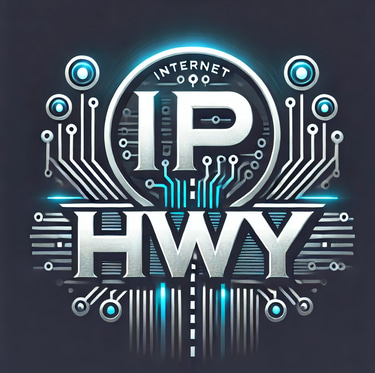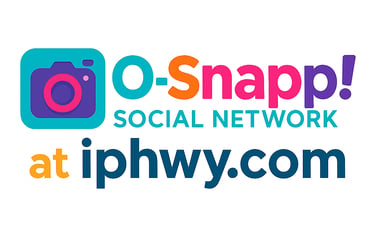Cybersecurity Awareness Month... Why Awareness Alone Isn’t Enough Anymore.
Jim Leone
10/1/20252 min read
Every October, organizations around the world hang posters, send newsletters, and roll out campaigns to remind employees... “It’s Cybersecurity Awareness Month.”
And yet, year after year, the statistics tell the same story...
Phishing remains the number one way attackers gain entry.
Ransomware incidents continue to climb.
Critical vulnerabilities go unpatched for months.
And employees still reuse passwords across personal and work accounts.
It’s not that people haven’t heard the message. It’s that awareness doesn’t always lead to action.
Awareness vs. Action ...
Think about it, most people know smoking is bad, fast food isn’t healthy, and seatbelts save lives. But knowledge alone doesn’t change habits, it’s the daily behaviors, nudges, and reinforcement that do.
Cybersecurity is no different. You can run an annual training or send out a glossy infographic, but if employees still click on that “urgent invoice” email, the effort falls flat.
Awareness campaigns are important, they plant the seed. But it’s action that grows resilience.
What I Believe Organizations Should Focus On...
1. Make it personal
Security sticks when people see how it impacts them. Instead of “Don’t click phishing links,” show how attackers can hijack their personal bank logins or social media accounts the same way. Once employees protect themselves at home, they’re more mindful at work.
2. Build muscle memory
Simulations and drills work better than posters. Phishing simulations, tabletop exercises, even “patch sprints” during October build habits rather than just knowledge.
3. Communicate! Bridge the silos
Too often, security lives in the SOC, patching lives in IT, and the business assumes it’s “someone else’s problem.” Security awareness month should emphasize shared responsibility: leaders, staff, and technology teams all play a role.
4. Discuss AI (trust me... the attackers are)
In 2025, phishing emails don’t look sloppy anymore, they’re AI-generated, context-aware, and frighteningly convincing. Awareness programs must evolve to explain how AI changes the threat landscape and what employees can do to stay vigilant.
5. Celebrate, don’t scare
Many security trainers suggest we stop focusing only on what goes wrong, and highlight success stories. Recognize the employee who reported a suspicious link or the department that achieved zero missed patches. Positive reinforcement creates a culture of participation, not paranoia.
When security is engaging, people remember it. And when people remember it, they act on it.
From Awareness to Everyday Discipline
In my opinion, Cybersecurity Awareness Month is a great reminder, but it shouldn’t be the only time security comes up. True resilience isn’t built in October; it’s reinforced every day in the small decisions employees make...
Pausing before clicking a link.
Using multi-factor authentication.
Updating that “later” patch today.
Awareness is the starting line, not the finish. The finish is when security is second nature.
As we celebrate Cybersecurity Awareness Month, let’s stop asking only: “Are people aware?” and start asking: “Are people acting differently because of it?”
Because awareness is important... but action is what keeps organizations safe.
The IP HighWay
Stay updated with the latest IT security news.
info@iphwy.com
© 2025. IPHwy LLC. All rights reserved.



